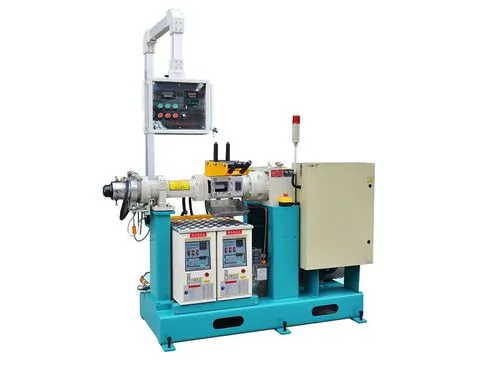Description
Under a certain condition, the raw rubber in the rubber compound and the vulcanizing agent are chemically reacted, so that the macromolecules of the linear structure are exchanged. The macromolecules combined into a three-dimensional network structure make the rubber material have excellent properties such as high strength, high elasticity, high wear resistance and corrosion resistance. This process is called rubber vulcanization. Generally, the vulcanization process is divided into four stages, inducing a pre-sulfur, a normal sulfur, and a persulfur. In order to achieve this reaction, energy must be added to reach a certain vulcanization temperature, and then the rubber is kept at the vulcanization temperature range to complete the entire vulcanization reaction. Various methods can be used for rubber vulcanization. The traditional method is to use a vulcanization process such as steam or far infrared heating. However, because the heating temperature is slowly heat conduction from the outside to the inside of the medium, because the rubber material is a poorly conductive material, for rubber, heating depends on the surface of the material and the heat transfer rate is very slow. Most of the time is spent on letting the rubber Reached the vulcanization temperature.
- rubber extruder
Production Capacity:
1000
Delivery Timeframe:
Immediate
Incoterms:
CIP - Carriage and Insurance Paid to
DDP - Delivered Duty Paid
DEQ - Delivered Ex Quay
Packaging Details:
Not informed
More about
zhejiangbaina
100-200
Employees
1M - 2M
Sales volume (USD)
50%
% Export sales
Year
Established
Business type
- Industry / Manufacturer
Keywords
- rubber vulcanization
Contact and location
-
bhjb ********
-
+86 1********
-
Taizhou / Zhejiang | China






